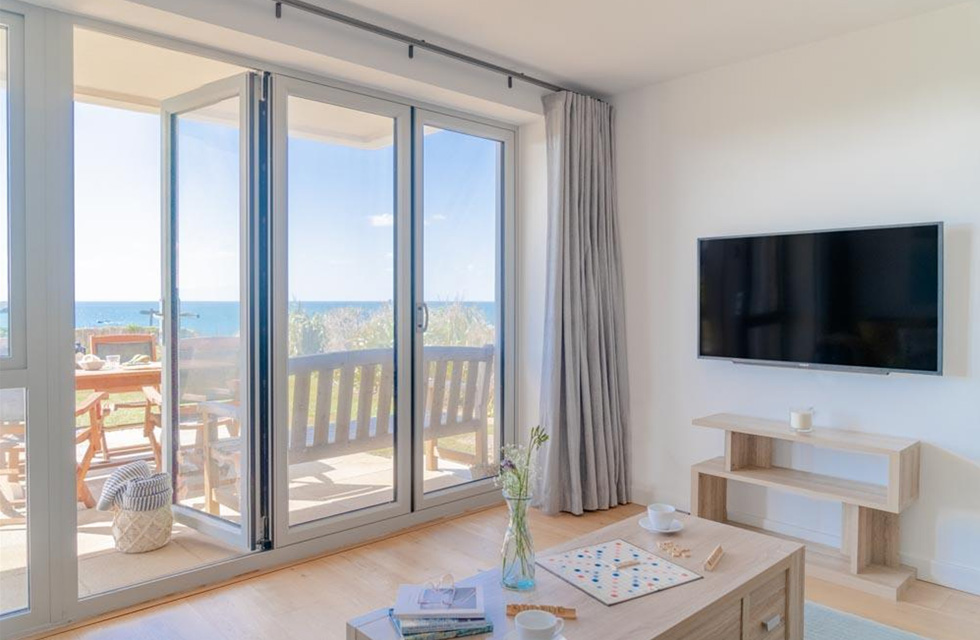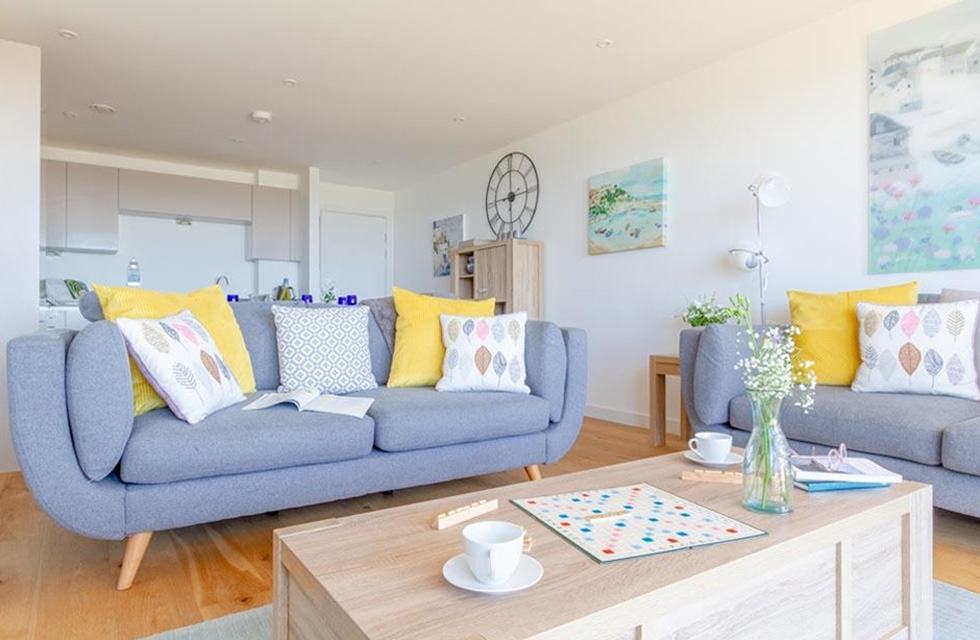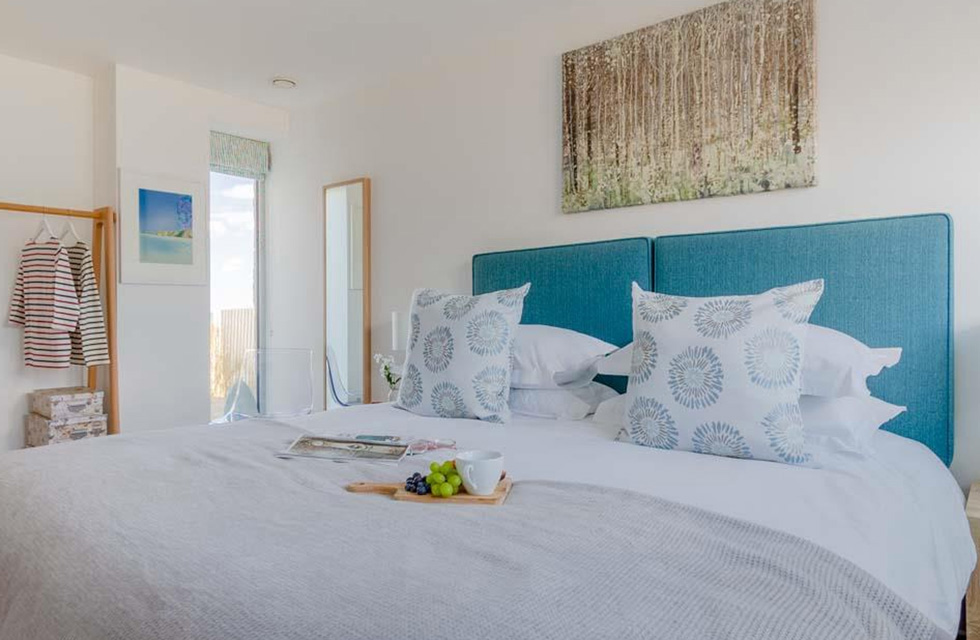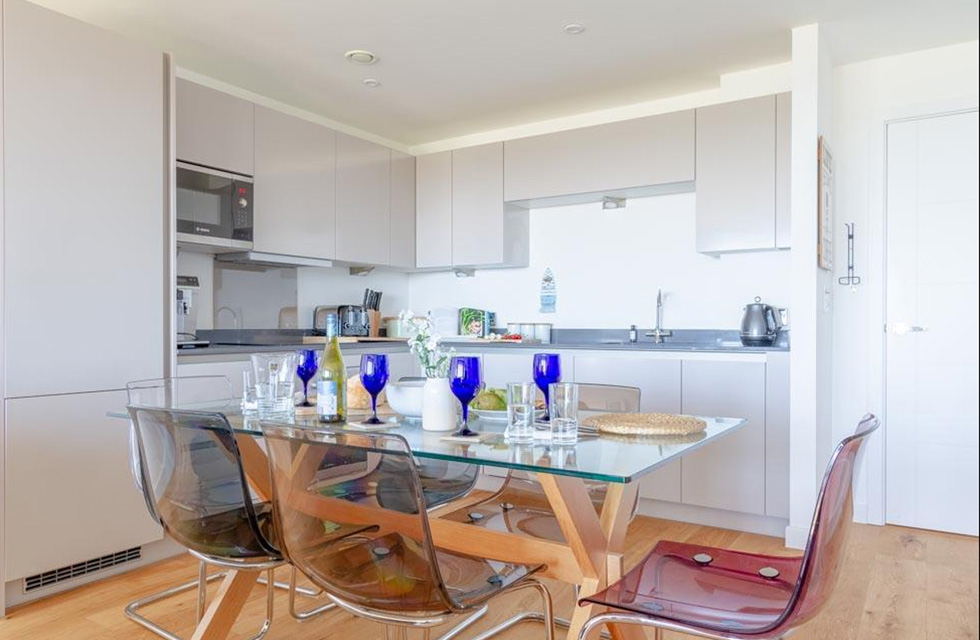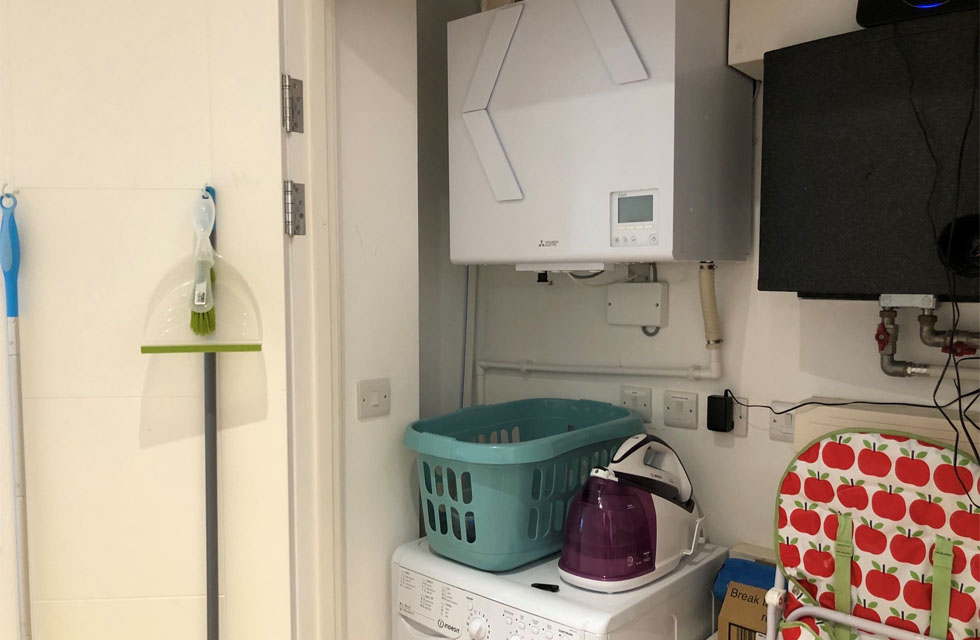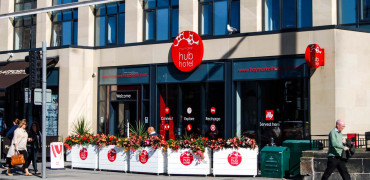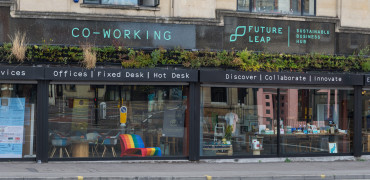The owners of a luxury, 3-bedroom Cornish holiday apartment were delighted to see fresh air ventilation included in the specification but less than pleased at how noisy the system was.
So when they were looking to replace the system to overcome the issues with noise, they prioritised energy efficiency, comfort and above all, quietness.
One Lusty Glaze is a prestigious development overlooking the secluded, private cove of Lusty Glaze in Newquay, Cornwall. Comprising of 36 apartments and 9 houses, the owners of apartment 24 had found the existing ventilation system noisy and difficult to control.
“One of our neighbours told me that lots of people have issues with their units due to noise,” explained the apartment owner. “Some only use them in the daytime as they cannot sleep well with them on, others have completely turned them off.”
The apartment owners have described the change as transformational
Sensitive sensor
The second bedroom in the 3-bedroom apartment was a particular problem as the mechanical ventilation with heat recovery (MVHR) was mounted on a partition wall between the bedroom and the airing cupboard. Measurements of the sound pressure level were recorded as 33.5 dB(A) (*) even with non-boosted air flow rates.
The problem was exacerbated by a PIR (passive infrared) sensor in the en suite of bedroom 1, which put the ventilation into boost whenever the en suite was used, even in the middle of the night.
The solution was the installation of a Lossnay VL-250CZPVU-R-E from Mitsubishi Electric to replace the existing MVHR unit.
Designed to be as quiet as possible, these Lossnay units are perfect for homes and apartments where occupants can benefit from energy efficient, filtered fresh air without even noticing that the unit is running.
Increased air flow
“When we changed out the old unit, we measured the existing air flows and found that the extract rate on normal speed was way below Part F requirements,” explains Hern Yau from Mitsubishi Electric.
“This was most likely due to the noise levels encountered during commissioning or the analogue fan commissioning setting method.”
After fitting the Lossnay the installation engineer increased the air flow rates where required and re-measured the sound levels.
In normal mode with the Lossnay operating, there was a whisper quiet 20.4 dB(A) (*) in the hallway. Otherwise, in all other rooms there were no detectable noise increases from background levels despite the increased extract rate compared to the previous unit.
In bedroom 2, with the unit in boost mode, the engineer recorded a noise level from the Lossnay MVHR of only 12.4 dB(A) (*) which is a huge reduction of 19.9 dB(A) achieved. Reductions of between 5.7 and 9.2 dB(A) were also recorded in all other rooms compared to the previous model.
Silent mode
With boost levels that are now much quieter and far more acceptable, the owners also benefit from increased functionality from the Lossnays in-built digital controller.
This allows settings for the boost signal to eliminate nuisance tripping from the PIR sensor with a delay timer. In addition, the owners have access to a ‘silent mode schedule’ to completely ignore the PIR sensor between pre-set times of the day or week.
The apartment owners have described the change as transformational: “This is a fantastic apartment in a prestigious complex giving open views of the magnificent coastline from the balcony, so we want our guests to have absolute comfort and luxury, and this should really include a peaceful night’s sleep. With the new Lossnay, it seems like we are now onto a winner.”
(* All quoted noise levels are with the background level removed).
Carole Titmuss is editor and publisher of Refurb Projects magazine


